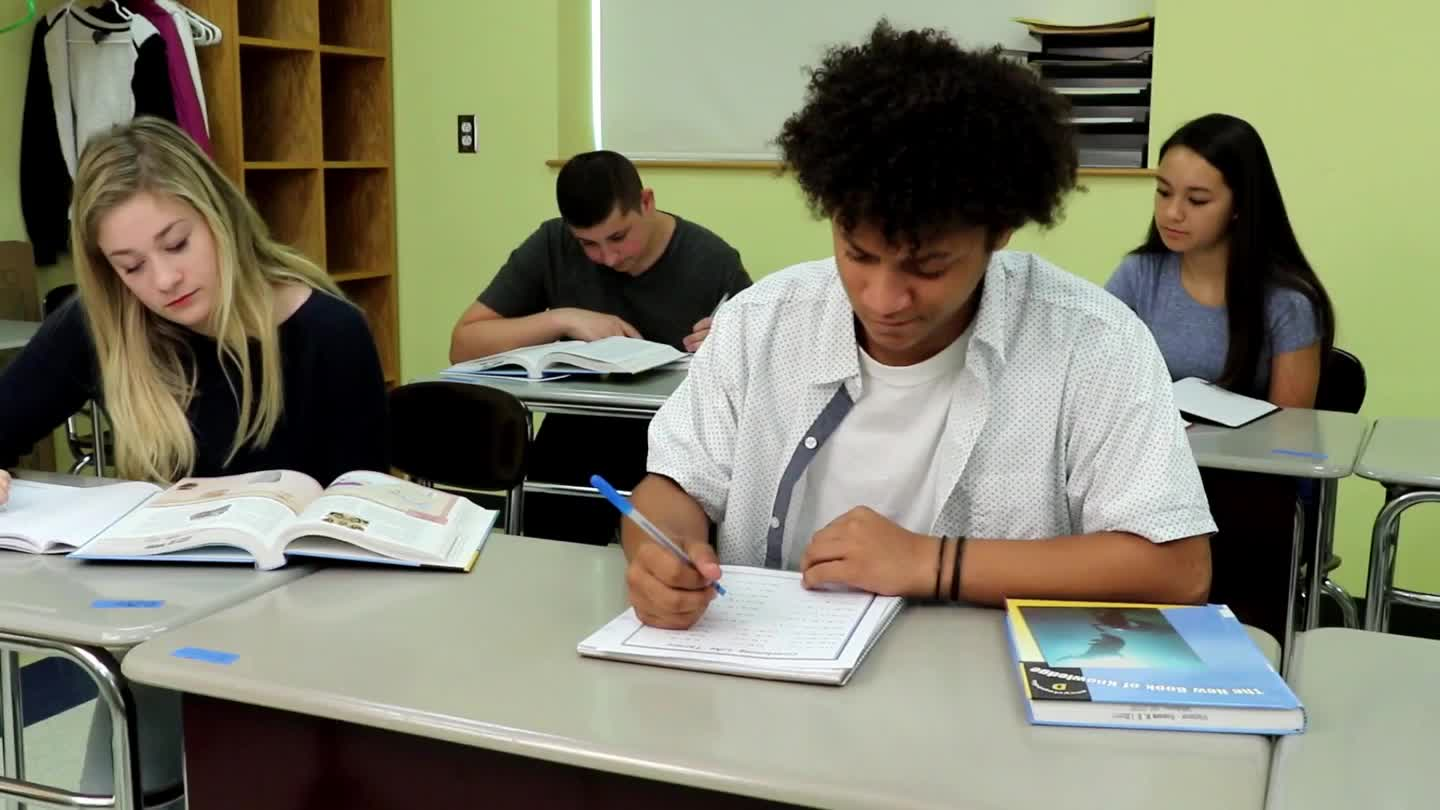
Introduction
Slang words are informal or shorter versions of words that we often use when hanging out with friends or talking to people our age. They can help us feel more comfortable and connected in casual conversations. However, it’s essential for students to understand the appropriate time and place to use slang words, especially in formal situations or when communicating with adults. This understanding is an important aspect of social-emotional learning, as it helps students to navigate different social contexts and adapt their communication style accordingly.
No-Prep Activity
A simple and engaging no-prep activity to help students differentiate between appropriate and inappropriate uses of slang words is called “Right Time, Right Place“. Here’s how it works:
- Divide the students into small groups or pairs.
- Provide each group with a list of slang words or phrases (e.g., “lit”, “bae”, “sick”, “hang out”).
- Ask the students to discuss and identify if it’s appropriate to use each slang word in the following situations: talking to a friend, talking to a teacher, during a job interview, or at a family dinner.
- After the discussion, each group will share their thoughts with the class, explaining why they think it’s appropriate or inappropriate to use the slang word in each situation.
This activity encourages students to think about the context of their conversations and the importance of adapting their language according to the situation.
Discussion Questions
Use these questions to stimulate further discussions about the appropriate use of slang words:
- Why is it important to be aware of the language we use in different situations?
- Can you think of a situation when you used slang words and it was not appropriate? How did it make you feel?
- How can we show respect and understanding to others by choosing the right words to use in a conversation?
- What are some strategies you can use to remember not to use slang words in formal situations?
- Can you think of any other examples of when it would be inappropriate to use slang words?
Related Skills
Teaching students the appropriate use of slang words is just one aspect of social-emotional learning. Other related skills that can help students navigate various social situations include:
- Active listening
- Respectful communication
- Understanding non-verbal cues
- Empathy and perspective-taking
- Adapting to different social norms and expectations
Next Steps
To further support your students’ social-emotional learning journey, sign up for free samples of skill-building materials and activities at Everyday Speech. These resources are designed to help educators teach students essential communication and social skills for success in various aspects of life. Don’t miss the opportunity to enhance your students’ learning experience with these valuable tools.

